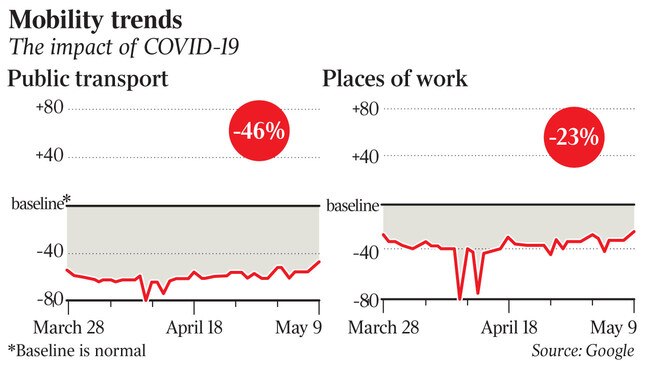Will working from home change the residential property market?

Will property investing ever be the same again if so many are expected to work from home?
Most businesses have adjusted to the ‘‘new normal’’. They have resolved most operational issues and staff, in the main, are enjoying the flexibility that working from home provides.
Of course, this is not true for all businesses and employees. Working from home suits some roles, employees and industries better than others.
Some of the benefits of working from home include improved productivity due to fewer distractions. The elimination of travel time means employees can spend more time with family and/or complete more work. Therefore, it seems to provide benefits for both the employer and the employee.
In fact, Twitter is the first global businesses to confirm it will now allow employees to work from home ‘‘forever’’.
Senior public service leaders in Canberra and many states and territories around Australia are also contemplating more permanent work-from-home policies too.
But there are some downsides to working from home. These include not having a suitable workspace and limited face-to-face contact with clients and co-workers.
Research by Dutch social psychologist Geert Hofstede highlighted the fact that human connection and relationships in the workplace are big contributors to job satisfaction. We have all come across people that dislike their job/employer but stay because they enjoy the people they work with.
Of course, if more employees work from home permanently — either on a full-time or part-time basis — demand for office space will fall, which will likely have negative consequences for commercial real estate. But what about the residential property market?
If people choose to work from home, then they no longer have to commute to their workplace. This gives them more options in terms of where to buy a home. For example, a greater share of the population may be more attracted to regional cities and towns, particularly as housing is more affordable in these locations. If that is the case, demand for housing in capital cities might fall, creating downward pressure on prices.
It is important to remind ourselves that our choice of where to live is influenced by many factors, and proximity to one’s workplace is only one of those factors.

Perhaps the most compelling consideration for families with children is education. Living in a regional town might otherwise be attractive but if that means kids have a 1½-hour each-way commute to school, it’s probably not going to work successfully.
Proximity to family is also a persuasive factor when determining your home’s location. This is particularly the case if you need to look after your unwell parents or if parents provide pro bono babysitting services.
Other considerations can include proximity to health services such as hospitals and amenities such as entertainment, shops, restaurants and so on.
When investing in property, selecting the right asset is paramount. You must only invest in locations and properties that benefit from a sustainable and diversified level of demand.
I regularly explain this concept using the following theoretical example: we want to invest in a property and location that notionally has 20 potential buyers for every one seller.
Those 20 buyers will be from various demographic and socio-economic segments such as investors, first-home buyers, upgraders, empty-nesters, retirees and so on. These buyers could include executives on above-average incomes, self-employed persons, young professionals, self-funded retirees and so on — essentially you want a diverse array of financial circumstances.
And so, in this situation, if working from home becomes more common and fewer people desire to live in a capital city, then notionally, the pool of potential buyers might reduce from 20 to say 17. Irrespective, as long as demand is perpetually higher than supply (supply is fixed in blue-chip suburbs), it is likely you will experience price appreciation
.
Naturally, there will be some locations that will be adversely impacted to a greater extent as a result of an increase in work-from-home activity. For example, families with limited earning potential and financial resources will probably benefit to a greater extent by moving to a regional centre because their purchasing power is greatly improved.
The best way to mitigate many of these risks is to level-up on quality. That is, invest in the highest-quality asset and location your budget will permit. Just like with any asset class, your investment’s quality will directly determine its investment returns. That is, you cannot expect above-average returns if you invest in a below-average quality property.
To use an analogy, when it comes to property selection, we are not just searching for a diamond, we want a pink diamond. Something that is in such short supply (scarcity) and perpetually high demand. Do that, and your investment portfolio will weather most storms.
Stuart Wemyss is an independent financial adviser and author of Investopoly & Rules of the Lending Game.
swemyss@prosolution.com.au





